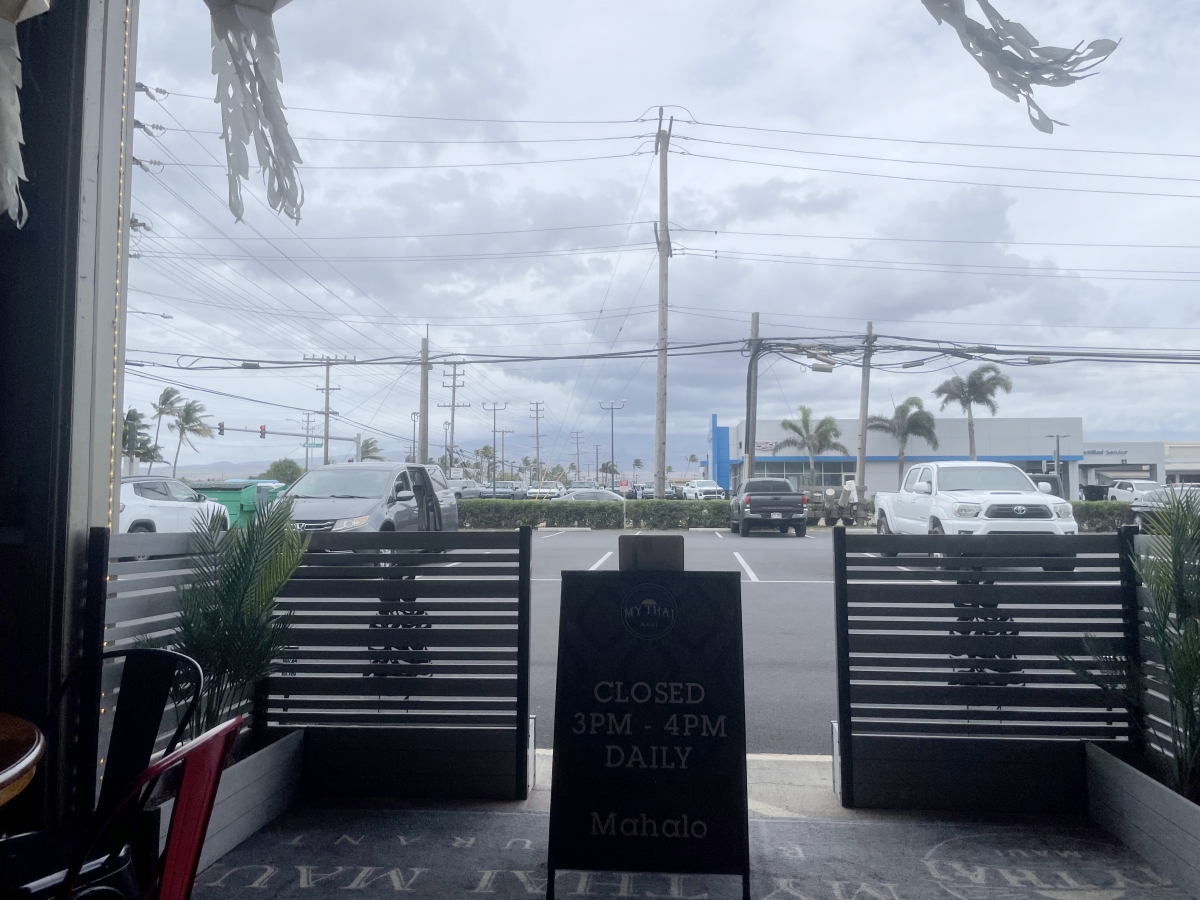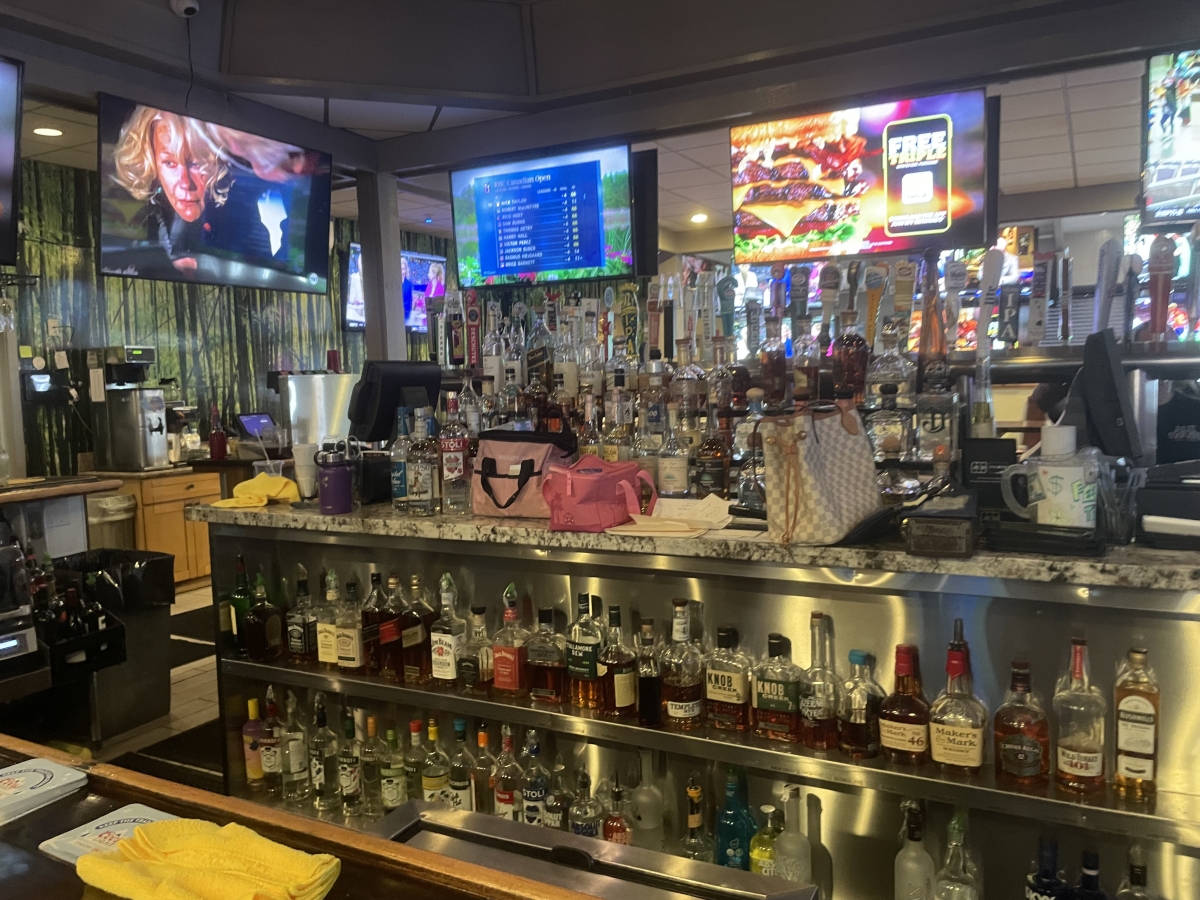

|
|
 |
 |
|
June 5, 2025 Marti Eicholz After an evening of choppy seas, The Odyssey sails toward Maui County, specifically the Island of Maui. Maui County is composed of multiple islands: Kaho'olawe, Moloka'i, and Lana'i. Kahoolawe, used by the navy for target practice, is inhabited. Lana'i and Moloka'I have small, tight-knit populations. Lanai is home to vibrant coral reefs and a population of spinner dolphins. 1.2 million years ago, the islands in Maui County, Molokini, Kaho’olawe, Molokai, Lanai, and Maui were all connected. This massive landmass was called Maui Nui. As the volcanos that made up the colossal landmass (5,600 square miles) slowly eroded and the ice age ended, the sea filled the low-lying areas, and then 200,000 years ago the islands separated. Molokini was an active volcano, last erupted 230,000 years ago. As eruptions ceased, Molokini eroded. Now the crater is an unique and vibrant reef, a sanctuary for over two hundred fifty types of fish and a mecca for snorkelers. Maui, the second-largest Hawaiian Island and has a unique blend of natural beauty, culture, and history. Maui has some of the rainiest peaks, giving Mt. Waialeale on Kauai, the rainiest peak in the world, a run for its money. Pu’u Kukui and “Big Bog” see an average of over three hundred inches of rain per year, but since Maui is in the tropics, it is not uncommon for the whole island to be rained out. If that happens, Island Art Party is a great indoor activity. It’s 50% painting class, 50% cocktail party, and 100% fun. Wearing shoes inside your house is a no-no. Leave your shoes at the door where you will see a big pile of slippahs (slippers), Hawaiian flip-flops, a common footwear, introduced by the Japanese. When meeting someone, handshakes aren’t much of a thing. The standard Hawaiian greeting is a hug and adding a kiss on the cheek. Pidgin, the second language in Hawaii, blends English, Hawaiian, Japanese, Chinese, Portuguese, Filipino, and Korean immigrant’s languages. Pidgin originated during the plantation era when immigrants moved to Hawaii to work in the sugar industry in the mid-1850s. Maui nicknamed “The Valley Isle,” derived from its unique geography, a isthmus connects two major volcanic masses (Haleakala and West Maui Mountains) creating a central valley. “The Valley Isle” stretches forty-eight miles long, featuring golden beaches, lush valleys, forested mountains, endless sunshine, and sophisticated diversions like whale watching, hiking the volcanic landscape and a wide variety of adventures. The Odyssey is docking at Kahului Harbor on Maui’s east side, near the town of Wailuku. Once docked, we can explore Kahului, the largest city on Maui with a population of 29,199. A short walk from the pier is Queen Ka’ahumanu Center, a large shopping mall or take the Maui Bus, public transportation to other parts of the island. With only one day on Maui, some shipmates decided to explore Old Wailuku town, nestled up against the lush leeward side of West Maui Mountains, rich with ancient history, bustling with revitalization and charm. Just beyond this bustle is the notable Iao Valley, home to the 2,250-foot-tall Iao Needle, one of the wettest places on earth with a dramatic mountain crevice, graced by thousand-foot-tall waterfalls, misty clouds, creating a magical aura. Kepaniwai Heritage Park and Gardens celebrates the migrant worker and the multiple cultures that contributed to the area’s growth and prosperity. The area is excellent for hiking (Iao Valley State Park, Waihe’e Ridge Trail, Wailuku Cross Trail Hike), picnicking, enjoying exotic tropical plants, swimming in clear streams and waterfalls, visiting Kanaha Beach Park for windsurfing and kitesurfing, examining the recreated taro farm and homestead, or finding inspiration in the natural beauty as did Georgia O’Keeffe. In the early years Wailuku’s downtown developed as an eclectic area, meeting the needs of diverse cultures. On the southern end of town, the original plantation-style homes from the era, smushed together on narrow lanes with rare flowers and shrubs from over hundred years ago, still stand. While exploring Wailuku’s natural beauty, historical charm, boutique shops and cafes, don’t forget the historic Iao Theatre, built in 1927. This curious bygone theatre done in Spanish Mission style, hosted Bing Crosby and Bob Hope during WWII, is rich with history. Five minutes away is Maui Tropical Plantation, a place of rich history, beautiful surroundings, views up into Waikapu Valley, Haleakala, and Haiku. Great shopping, coffee roasting, organic farms, award-winning restaurant, ziplining, duck pond and the spectacular views in all directions will occupy your day. In the early days Lahaina was a bustling center of the world's whaling industry. King Kamehameha II deemed Lahaina the capital of Hawaii in 1820. In 1845, the capital was moved to Honolulu. Having lived on Maui (over a thirty-five year period), the Lahaina I knew and loved, the historic whaling village with a lively atmosphere, chuck full of little shops, numerous art galleries, and restaurants, serving fresh, high-quality seafood, local catches like ahi, a yellowfin tuna, opah (“moonfish”), opakapaka, and mahimahi, no longer exists. Aug. 8, 2023, disaster hit Maui. Wind-driven wildfires destroyed more than 2,200 structures. The most significantly impacted area was the historic whaling village of Lahaina, where more than one hundred lives were lost and the beloved banyan tree yearning survival. The banyan tree, a symbol of resilience and hope, in Lahaina Banyan Court Park is a massive and iconic landmark considered the largest in the United States at a height of over sixty feet, spanning over 1.94 acres with multiple trunks, approximately sixteen major trunks, plus the main trunk, forming a vast canopy. The banyan tree has an unique “strangler fig” growth pattern, aerial roots descend from branches, take root in the ground, forming new trunks. Gifted to Lahaina from India. William Owen Smith planted the banyan in 1873, commemorating the 50th anniversary of the first Protestant mission. This is a significant part of Lahaina’s history and cultural identity. I remember Lahaina Banyan Court Park next to the harbor as a popular gathering place, a place used as a backdrop for events like the staged Halloween costume contest overlooking the tree, the thousands of lights strung on the tree’s branches during the holiday season, the hosted art exhibits under the banyan tree’s canopy, or meeting friends for a chat and ice cream. The 152-year-old banyan tree in Lahaina is still alive and is recovering from charred branches, lost leaves, damage and destruction. Today, the tree shows substantial regrowth, regaining health and vitality with a much fuller canopy. The iconic Road to Hana is a full-day scenic journey, winding through lush rainforest valleys dotted with breathtaking views of waterfalls, coastal scenery six hundred curves, and fifty-nine bridges. On the road, stop and enjoy the Hike Pipiwai Trail, experiencing the bamboo forest and waterfalls. Take time to explore Wai’anapanapa State Park with its black sand beach, sea caves, and lava tubes. We on The Odyssey have only one day on Maui. Being pressed for time, an ultra-unique way to see East Maui is to take a discovery flight with Fly Maui. Maui’s diverse terrain creates many different microclimates, a climate in a small area, varying from the climate in the surrounding regions of dense rainforests, alpine deserts, and sheer mountain ranges. No wonder it is said, “If you don’t like the weather on Maui, just drive five minutes.” Haleakala is largest volcano in the world, standing much taller, at 12,000 feet. Hundreds of thousands of years of erosion wore down Haleakala's elevation to where it stands today at 10,023 feet. It is the largest dormant volcano in Hawaii and a place where it snows occasionally on its upper regions. Found only on the slopes of Haleakala is a unique plant species, Silversword. Oh, Maui has no snakes. Visit Haleakala National Park and hike Pipiwai Trail, featuring a bamboo forest and waterfalls. With Haleakala’s dark skies, it is a wonderful place for stargazing. Watching the spectacular sunrise from the summit of Haleakalā, the 'House of the Sun,' is, one thing not to miss on Maui. But we are missing the sunrise, and we are missing the dark skies, so maybe next time around. The Olowalu area on the west side is Mau’s "mother reef," spanning over one thousand acres are coral heads over 1,500 years old. Migrating humpback whales can be spotted in the winter months, escaping the icy waters of Alaska to give birth in a warm sanctuary. An inquisitive whale may come right up to your boat to say hello. It has happened. Surfing, invented in Polynesia, popularized by Hawaiian legend Duke Kahanamoku, making Hawaii the birthplace of the most popular pastime. Maui considers itself the birthplace of surfing, crediting demigod Maui with the invention. Go snorkeling at Molokini Crater. Dive into crystal-clear waters. Observe vibrant coral reefs and diverse marine life. For a bird’s-eye view Maui, take a helicopter tour, soar above the island’s landscapes, and enjoy panoramic views of the coastline, mountains, and waterfalls. Maui has a diverse and flavorful food scene, emphasizing fresh, local ingredients, unique Hawaiian dishes: Poke, made with raw, diced fish (typically tuna) marinated in soy sauce, sesame oil, and other seasonings. Kalua pork, slow-cooked pork, wrapped in banana leaves, steamed or pit-cooked. Huli-Huli Chicken, a Hawaiian barbecue-style chicken. Malassadas, a doughnut filled with cream and coated in sugar. Maui Gold Pineapples, sweet, juicy, grown only on Maui, unique and low acidity. And don’t forget the classic plate lunch, featuring rice, macaroni salad with kalua pork or teriyaki chicken, or loco moco which is rice topped with a hamburger patty, fried egg, and gravy. Jeff Bezos owns a 14-acre property on La Perouse Bay, near Kihei, a popular area with a relaxed atmosphere. Bezos’s property features a main house, a guest house, a pool, and a private white sand beach. Oprah Winfrey, a part-time resident since 2004, purchased one hundred acres in the upcountry region. Upcountry Maui offers a tranquil, rustic experience, with opportunities for hiking, farming, and enjoying the scenery. Oprah has developed a strong connection to Maui. Tommy Emmanuel, a great acoustic guitarist, captivating audiences for hours as a one-man show, often playing the bass, melody and lead parts at the same time. He is performing June 5 and 6 at the Maui Arts & Cultural Center. We miss the live performance but can catch up with him on YouTube. June 5 marks the day every year when the world unites to observe World Environment Day, a day dedicated to promoting environmental awareness and sustainable living. This year’s theme, Ending Global Plastic Pollution is a powerful call for reducing plastic waste that impacts fragile ecosystems. Maui leads by example, actively promoting environmental protection, conservation, and education highlighting sustainable practices to combat plastic pollution. Maui, my home for many years, full of distinctive natural wonders, a salad bowl of cultures with unique local customs, is not a place to “view,” it’s a place to “feel.” Oh, I forgot to tell you, the beaches are like my box of crayons, white, red, black, and green sand beaches, all adding to their beauty. The Odyssey is ready to sail. I am thinking “The only good thing about leaving Maui is that you really appreciate it when you return.” |
|
Copyright © 2025 All rights reserved |